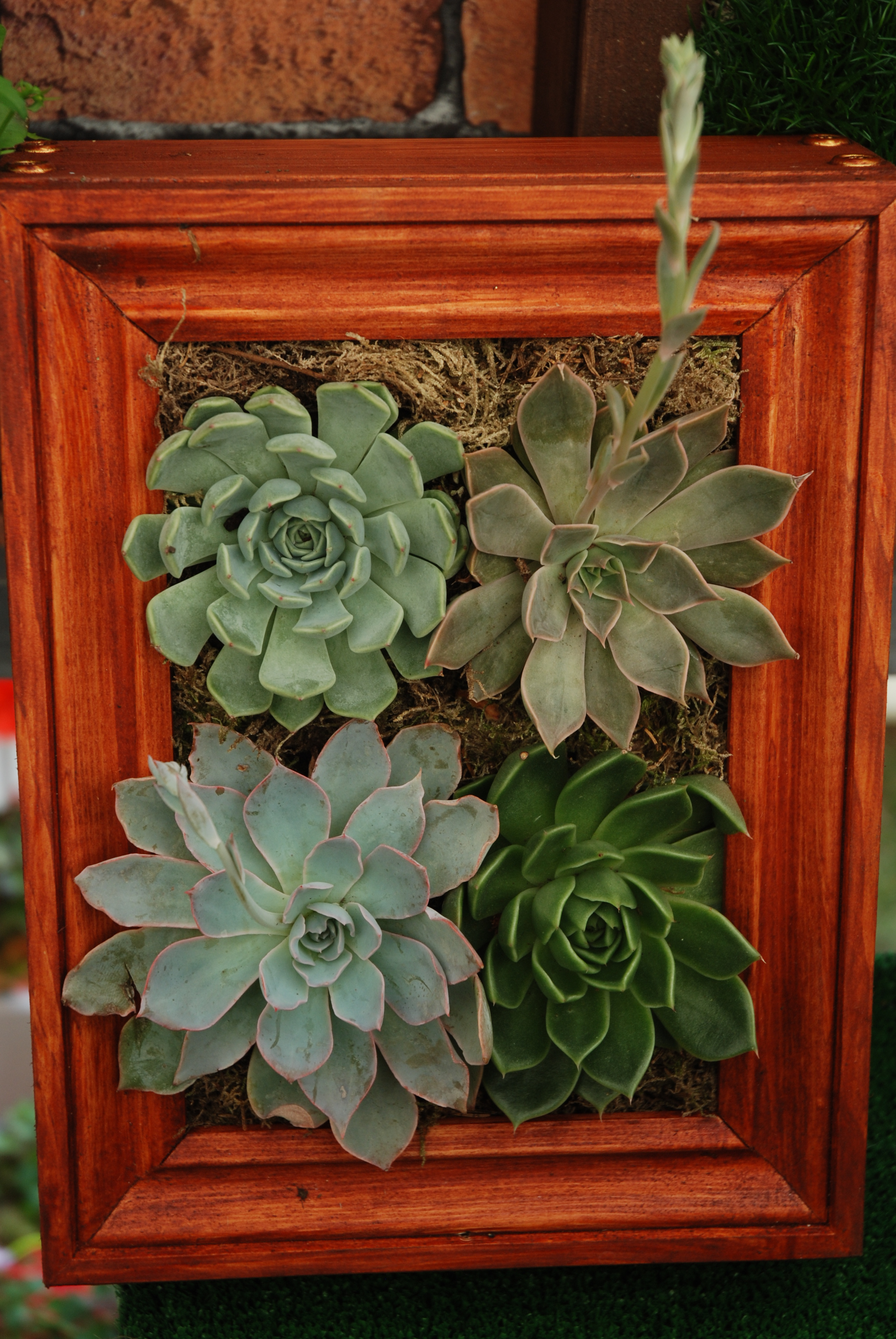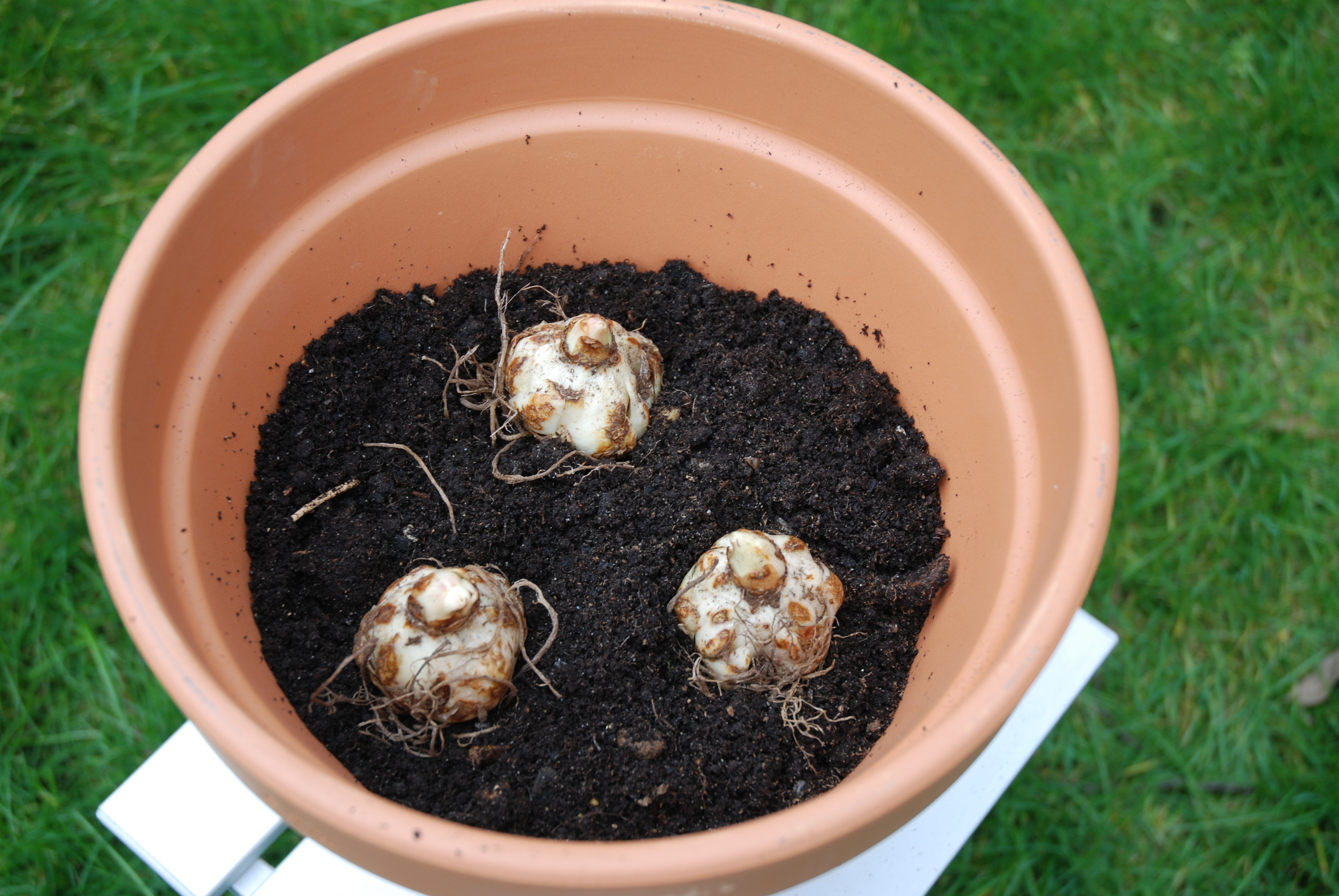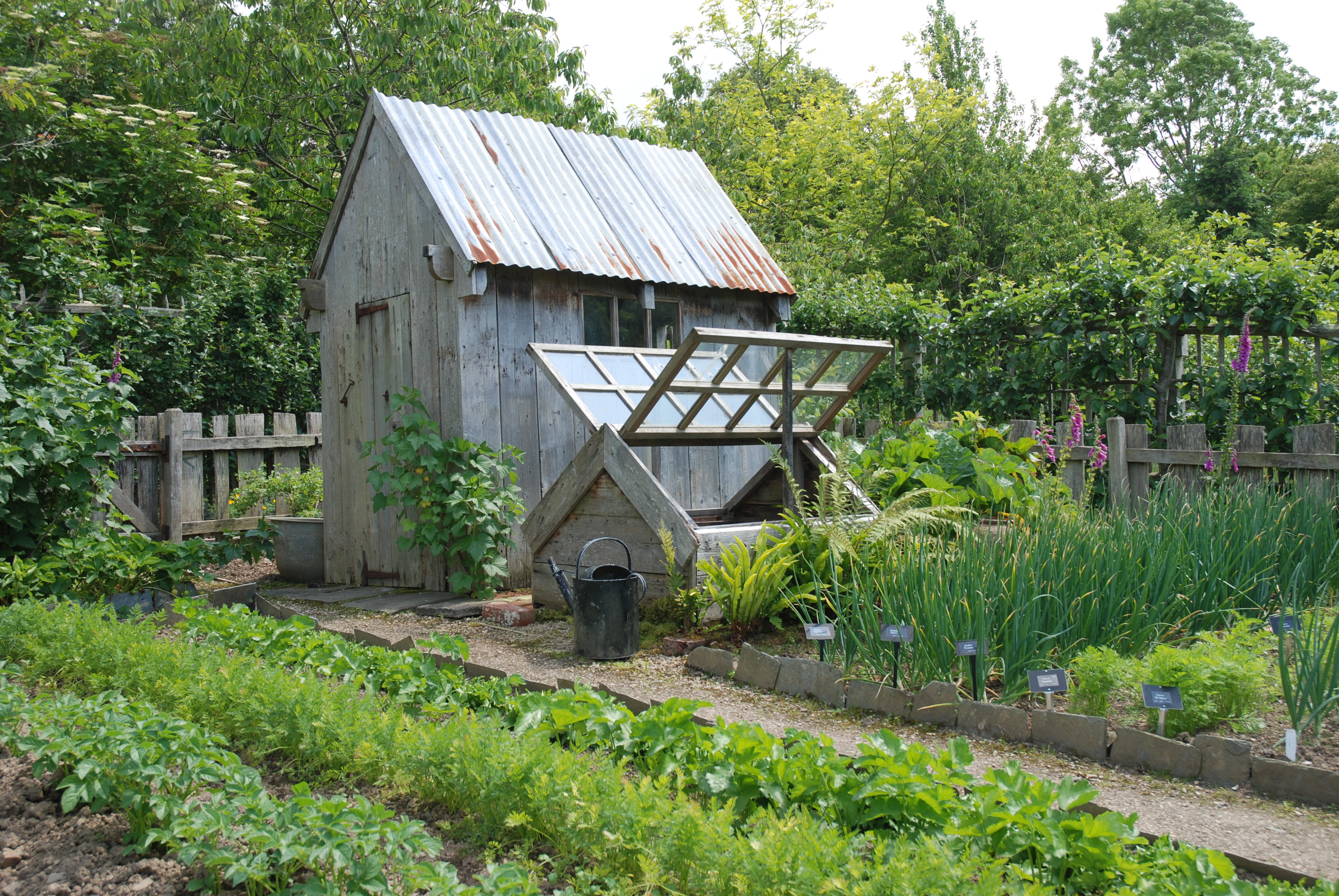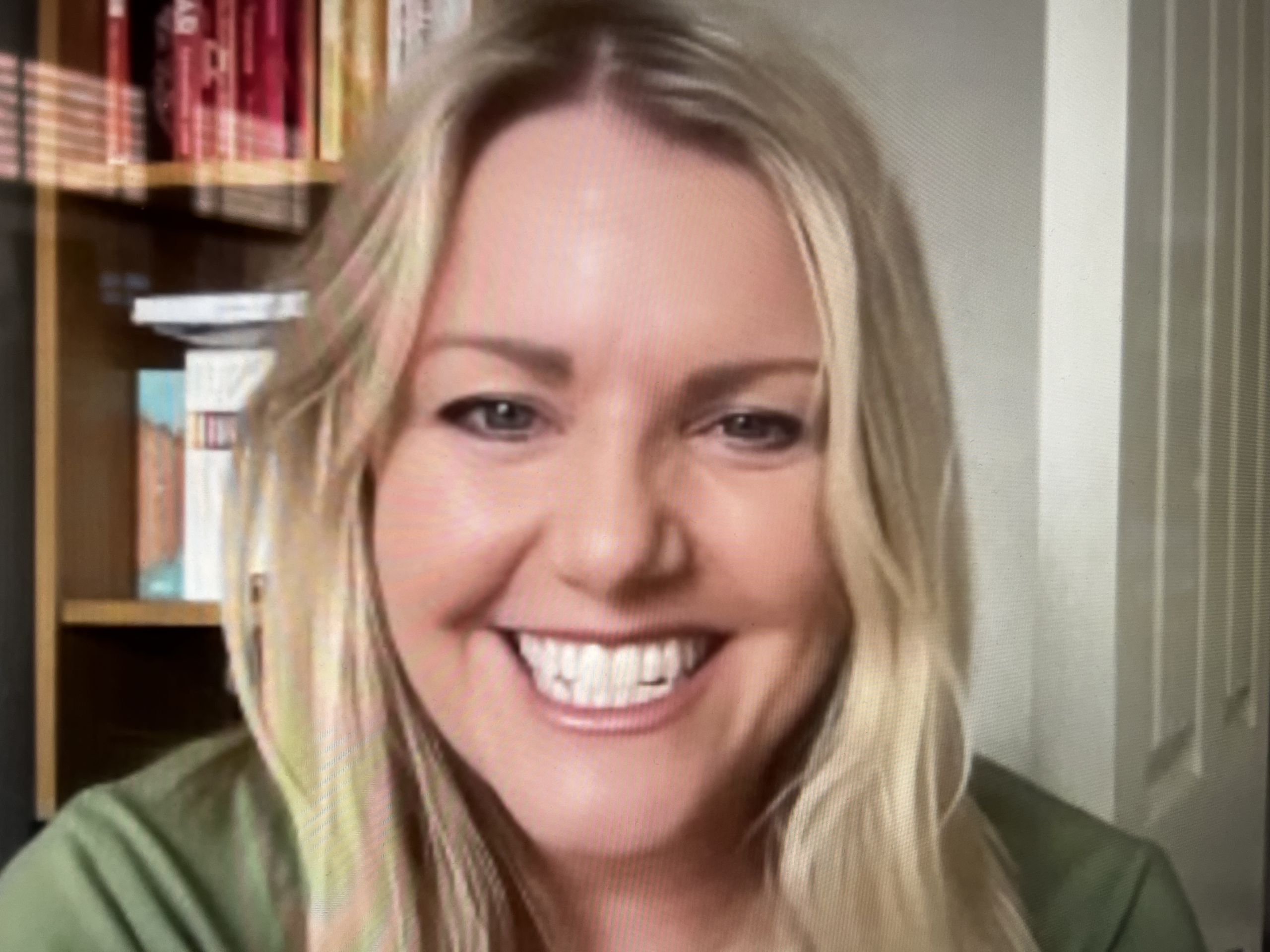Generally
Temperatures are 15c less than last week! Last week we had high of 28c and low of 3c. Native plants and hardy shrubs can cope with this and indeed the cooler weather makes flowers last longer however this is not he case with more exotic species such as summer bedding plants that garden centres have had in stock for the last few weeks! At the very least bedding plants growth will be checked however it could also stunt their growth so it is really not worth putting them out just yet!
You can put them outside during the day to harden them off and give them a bit more light. When doing this place plants in semi shade not in full sun as this may burn the leaves.
The weather as always dictates what we do in the garden and in the South East of England we have no significant rain for a few weeks now and the ground in my garden has
developed cracks big enough to put my fingers in. In the grass you can fill these cracks with a nice gritty compost. This helps either to provide better drainage or to provide more moisture retention.
If you are planting in this weather do not skimp on the planting holes size or depth just
because the ground is very hard. Dig as much as you can with a spade then use a fork to loosen up the bottom of the pit. Fill it with water and leave to drain then add a bit of compost and plant your plant. Again water well and apply a long lasting fertilizer.
I mentioned that I was growing potatoes in containers this year for the first time. All the general advice is plant them and earth/top them up! However I came across some advice recently that it is better to plant potatoes and fill up container completely. So we will try both these methods. Watch out in my article on “Patio Potato Growing”
In the Flower Garden
- Plant out container-grown roses and shrubs (See above!)
- Fork compost into flower beds to prepare soil for summer bedding but only if
you can. - Tie in new growth on climbing plants, such as clematis, wisteria and honeysuckle, to supports
- Pick off faded flowers from camellias, azaleas and rhododendrons, taking care not to damage developing new leaves
- Sow seeds of fast-growing hardy annuals, such as escholzia or poached-egg plant, to fill gaps
In the Fruit and Vegetable Garden
- Sow seeds of beans, marrows, courgettes and squashes, two per pot, and thin out the weakest seedling to leave the strongest plant
- Spray peaches and nectarines with fungicide to prevent an attack of peach leaf
curl - Pick rhubarb stems as they develop, and water clumps with a generous helping of liquid feed
- Prepare to cover fruit tree blossom with horticultural fleece to protect flowers if frost is forecast
- Sow seeds of the following crops outside this week: beetroot, lettuce, salad leaves,
watercress and rocket
In the Greenhouse
- Fit automatic openers to greenhouse vents to encourage good air circulation
- Plant tomatoes in growing bags or large pots, training them on to canes or
wires for support - Bring pots of strawberries into the greenhouse to produce early flowers and
fruit - Sow cyclamen and schizanthus for indoor flowers
- Buy scented-leaf pelargoniums, such as ‘Chocolate Peppermint’ and ‘Lady Plymouth’
- Plant pots with heat-treated freesia corms to produce fragrant flowers this summer
- Watch out for pests, checking under leaves and on shoot tips for signs of
whitefly or red spider mite. Treat immediately, or introduce biological pest
controls
Have a great week in the garden and see you next Sunday. If you cannot wait till then go to www.babicz.com
Andrew





























